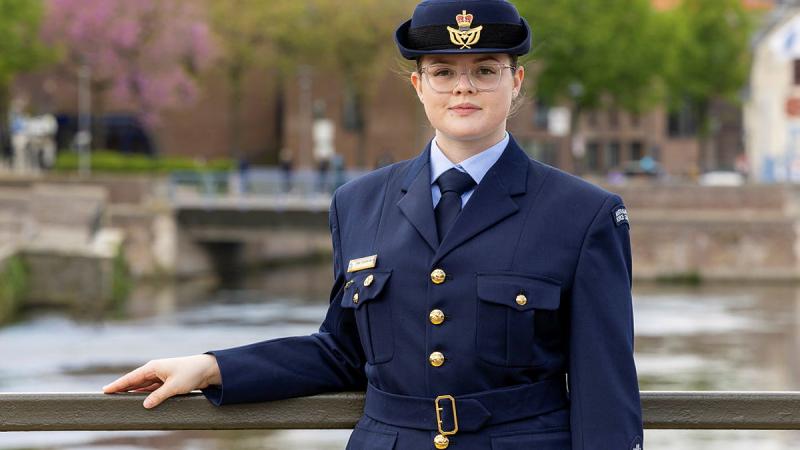As people pour onto the water for the summer holidays, a James Cook University researcher has been exploring the circumstances under which some boaties wear lifejackets and others don’t.
Principal investigator Amy Peden is the National Manager of Research and Policy at Royal Life Saving – Australia, and a PhD candidate at JCU. She conducted the study in collaboration with researchers from Griffith and Curtin Universities.
“In Australia, 20% of all unintentional fatal drownings are due to watercraft incidents, it’s the second leading cause of drowning in Australia after swimming accidents, and we know wearing a lifejacket can reduce that risk,” she said.
Ms Peden and colleagues undertook a systematic review of published literature, looking at studies from around the world. The review, published in academic journal PLoSONE, was able to isolate the conditions under which people didn’t wear lifejackets – and those when they did.
“We found that being adult and male, confident of your swimming ability and using alcohol were, together and separately, discouraging lifejacket use. Also the cost, discomfort and lack of availability of life jackets in some areas were also factors.”
She said that adult males are overrepresented in drowning fatalities, including those linked to boating and watercraft incidents.
Ms Peden said that alcohol, in particular, has been identified as being associated with decreased lifejacket usage.
“It’s concerning, as the involvement of alcohol increases the risk of an accident and the absence of a lifejacket doubles the risk of a fatal outcome.”
She said one US study found that after drinking alcohol many people began giving the wearing of lifejackets a lower priority.
The researchers also found a raft of factors associated with lifejacket wear.
“Children, younger people and women tend to wear lifejackets more. Children, especially, rarely feature in boating-related drowning fatalities. The type of boat and activity matters too – people in unmotorised boats and small boats wear lifejackets more, and people water-skiing and fishing do too.”
Ms Peden said children were influenced by role models, and if adults present wore a lifejacket, then children tended to as well.
She said information was still limited on what factors work to encourage people put on lifejackets, but there were some interesting local findings.
“We know that after Victoria made lifejacket use mandatory in 2005 there was a significant decrease in drownings among boaties and we think the combination of regulation, enforcement and public education are the keys to increasing lifejacket wear rates and therefore reduce drowning risk for those who go boating. Tasmania has also had mandatory lifejacket wear for many years and our boating safety colleagues there report good wear rate compliance.”
She said future research should further investigate the motivational factors associated with individuals’ decisions to wear or not wear lifejackets, along with an evaluation of interventions designed to increase lifejacket usage.
Link to paper here.





